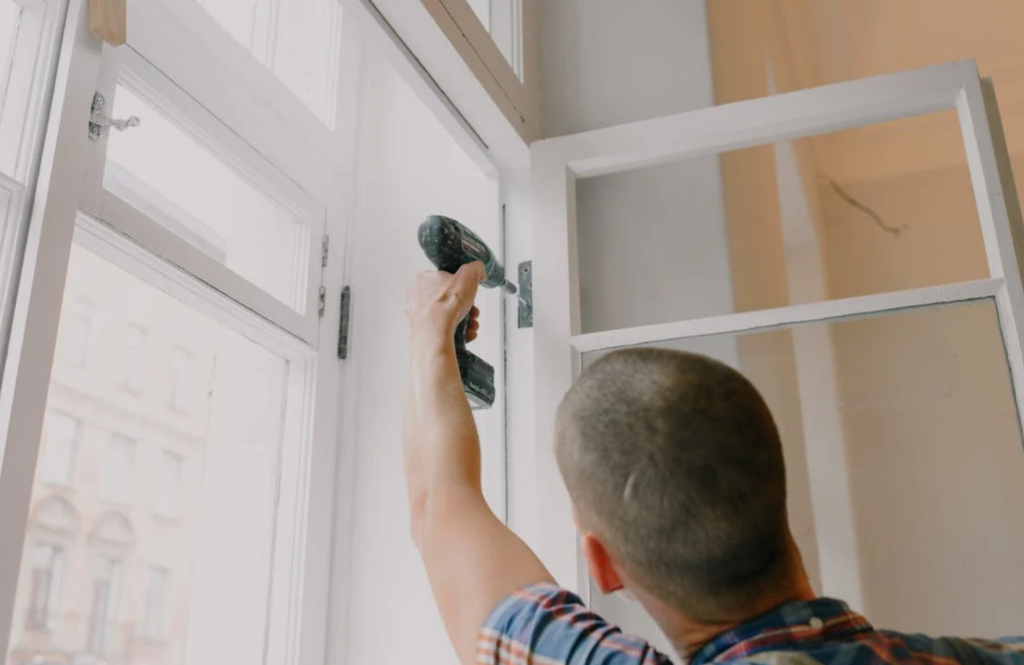Choosing the right type of window for your home can greatly impact its aesthetics, functionality, and energy efficiency. Two popular options that homeowners often consider are awning windows and casement windows. Both offer unique features and advantages, but determining which one is best suited for your needs requires a closer look.

How to Choose the Right Replacement Window
In this article, we’ll compare awning windows and casement windows to help you make an informed decision. So, before you search for “window company near me” on Google, read on!
Design and Operation
Awning windows are hinged at the top and open outward from the bottom, resembling an awning when fully opened. They are often used in combination with other window types or positioned higher on walls to allow for ventilation while maintaining privacy. On the other hand, casement windows are hinged at the side and swing outward like a door when opened. They offer a wider opening and unobstructed views, making them ideal for rooms where ample ventilation and natural light are desired.
Ventilation and Airflow
When it comes to ventilation and airflow, both awning and casement windows excel in different ways. Awning windows are designed to catch breezes effectively due to their upward-opening orientation, making them suitable for areas with unpredictable weather conditions. They can remain open during light rain without allowing water to enter, providing continuous airflow. Casement windows, with their full-swing opening, allow for maximum ventilation and can create a refreshing cross-breeze when multiple windows are opened simultaneously.
Energy Efficiency
In terms of energy efficiency, both awning and casement windows offer benefits compared to traditional sliding or double-hung windows. Awning windows create a tight seal when closed, preventing drafts and minimizing heat loss or gain. Their design also allows for better insulation, making them energy-efficient choices, especially in climates with extreme temperatures. Casement windows, when properly sealed, provide excellent energy efficiency by reducing air leakage and improving thermal performance, ultimately helping homeowners save on heating and cooling costs.
Aesthetics and Versatility
The aesthetic appeal of awning and casement windows can significantly enhance the overall look of your home. Awning windows add a modern touch with their clean lines and contemporary design, making them suitable for both traditional and modern architectural styles. They are often used in bathrooms, kitchens, and basements to add ventilation without sacrificing privacy. Casement windows, on the other hand, offer a classic charm and timeless elegance, complementing various home designs from colonial to farmhouse. Their versatility allows for customization in terms of size, shape, and grille options, making them a versatile choice for any room.
Conclusion: How to Choose the Right Replacement Window
The choice between awning windows and casement windows depends on your specific preferences, needs, and the architectural style of your home. Consider factors such as design, functionality, energy efficiency, maintenance requirements, and budget when selecting the best window option for your home. Ultimately, both awning and casement windows can enhance the beauty, comfort, and value of your living spaces.

Recent Comments